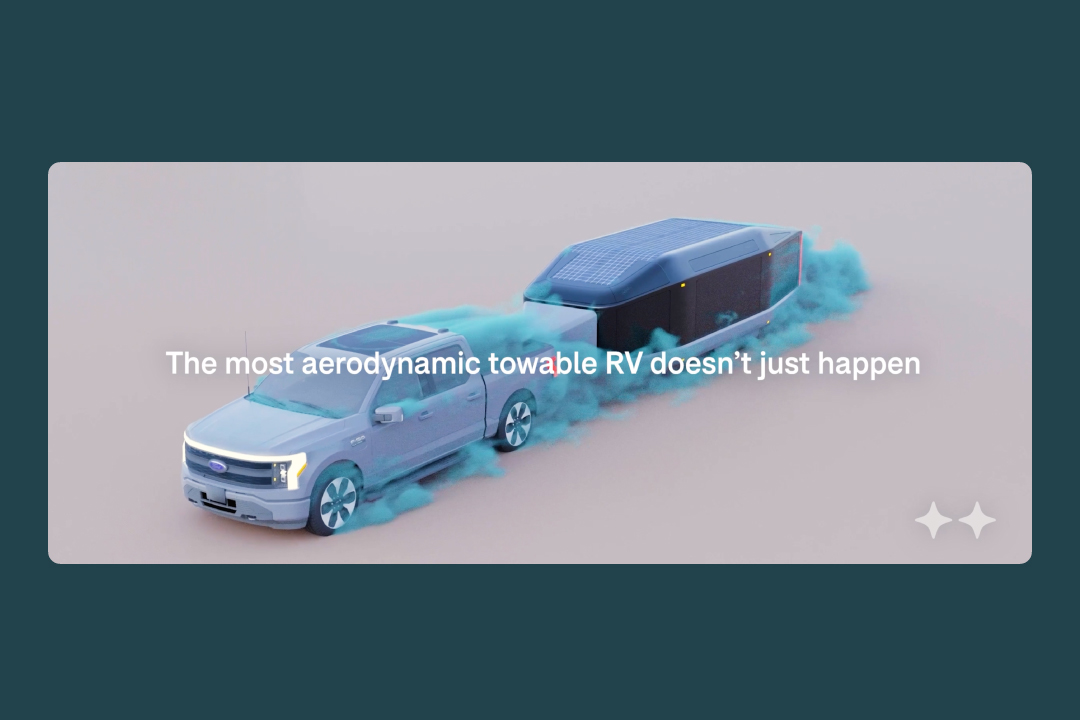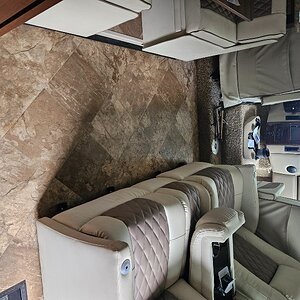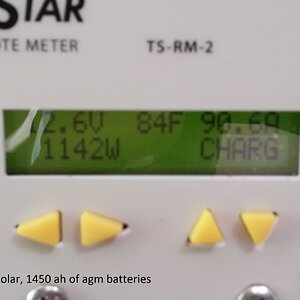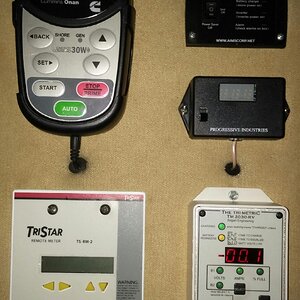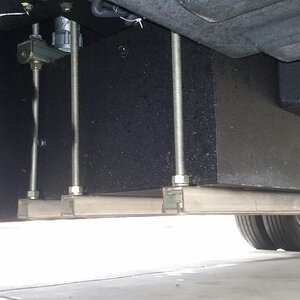Blackstone
RVF Regular
- Joined
- Aug 3, 2025
- Messages
- 15
Yep, we’ve got an Atmos reserved. Trying to learn what we can while we wait for early next yearThe optimization of TrekDrive has just begun. In April LightShip said the 15 mph cut in speed was a starting point to be further refined with experience in future firmware updates. TrekDrive is a unique feature but it does compete with a goal of maintaining maximum LightShip battery SOC reaching your destination without finding a charging station. I suspect in common use TrekDrive will be used most often to tactically balance the range of the tow vehicle for contingencies like strong head winds or the desire to reach a more favorable destination before recharging or refueling.
The 50% improvement in range from aerodynamics alone in LightShip is the biggest breakthrough. Something not offered by any modern RV and first offered in any RV with the old HI-LO towable that went out of business in 2010.
@Blackstone are you a LightShip position holder?
I’ll be towing with an EV truck, so will be critical for range extension for us between charging stops. Charging every 2-3 hrs works out well for bathroom breaks for the family anyhow. Being newer to RVs, we’ll likely stick to traditional campgrounds with hookups to start, so we can recharge the camper over night/weekend (and maybe the truck if the campground allows) But definitely plan to get more off grid with time, where arrival SOC will definitely be more important


